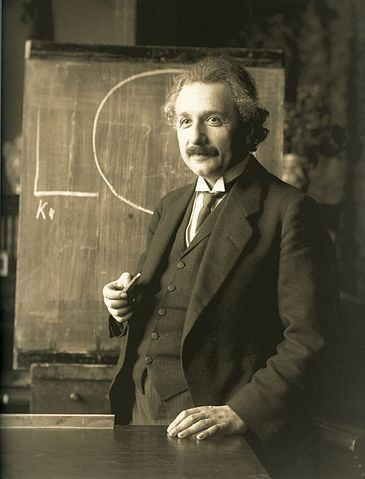
A new planet has been discovered using Einstein's "Theory of Relativity." The new planet is being described as an alien planet located around another star; it has been nicknamed "Einstein's planet." By using Einstein's special relativity, the new planet is the latest discovery of over 800 planets known to exist beyond our solar system.
However, "Einstein's planet" is the first planet discovered beyond our solar system to be found using the "Theory of Relativity."
"This is the first time that this aspect of Einstein's theory of relativity has been used to discover a planet," research team member Tsevi Mazeh of Tel Aviv University in Israel said in a statement.
The new planet is officially known as Kepler-76b, and is 25 percent larger than Jupiter and weighs about twice as much, putting it in a class known as "hot Jupiters."
"Hot Jupiters" are described as orbiting extremely close to their parent stars, usually completely an orbit in just a few days. Due to their closeness, these planets are extremely hot and tidally locked to their parent stars.
The astronomers used different aspects of Einstein's "Theory of Relativity" to locate the planet. Scientists used the "beaming effect," which occurs when light from the parent star brightens as its planet tugs it closer to Earth, and dims as the planet pulls it away. Due to relativity, light particles, called photons, focus in the direction of the star's motion.
"We are looking for very subtle effects," said team member David Latham of the Harvard-Smithsonian Center for Astrophysics in Cambridge, Mass.
Another effect researched by scientist was gravitational tides from the planet that caused its parent star to stretch into an elliptical shape, causing it to appear brighter when its wider side faces us, revealing more surface area. Finally, the planet itself reflects a small amount of starlight, which also contributed to its discovery.
"We needed high quality measurements of stellar brightnesses, accurate to a few parts per million," continued Latham.
The astronomers collected their data from NASA's Kepler spacecraft; the spacecraft provided the extremely detailed observations necessary.
© 2025 Latin Times. All rights reserved. Do not reproduce without permission.





